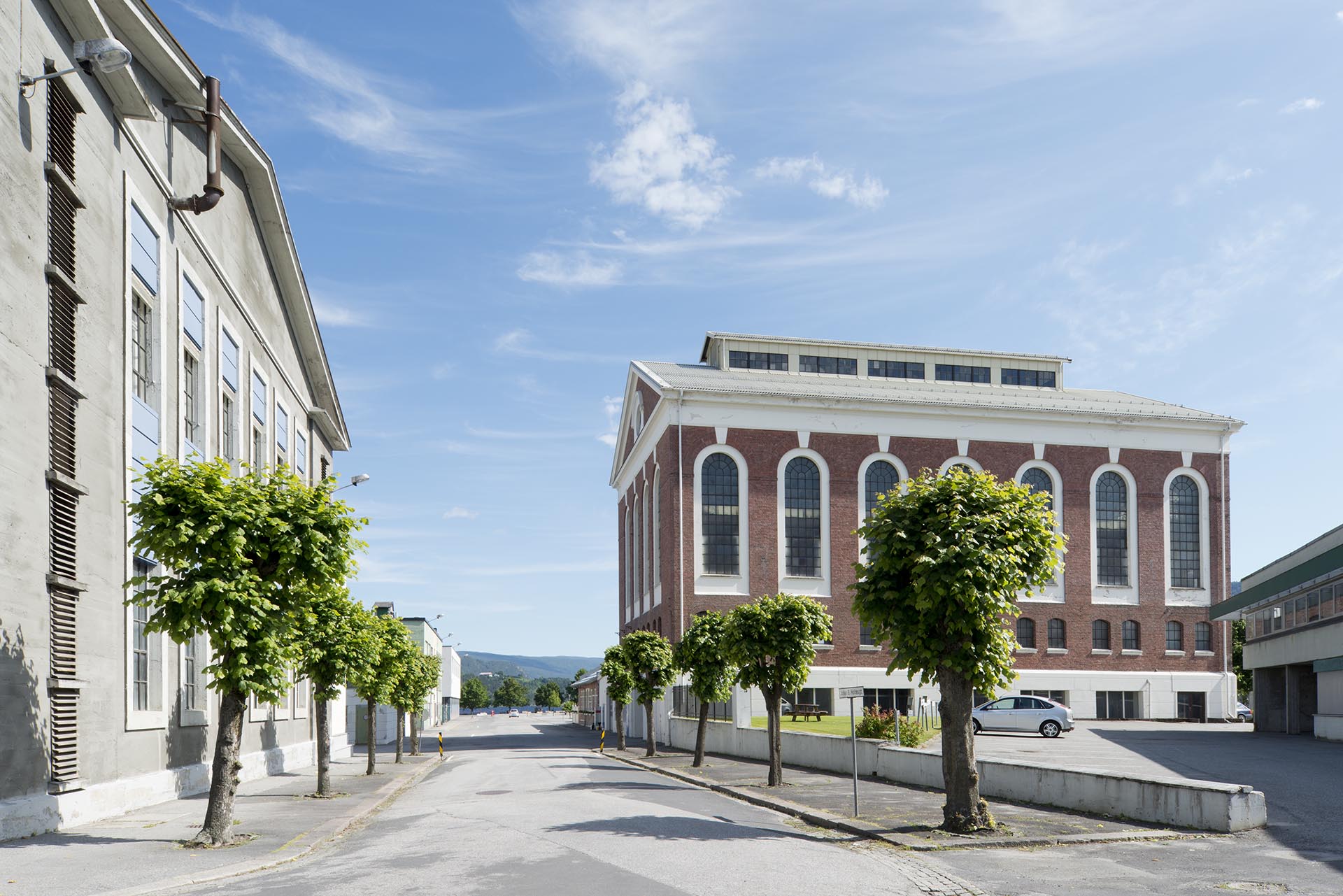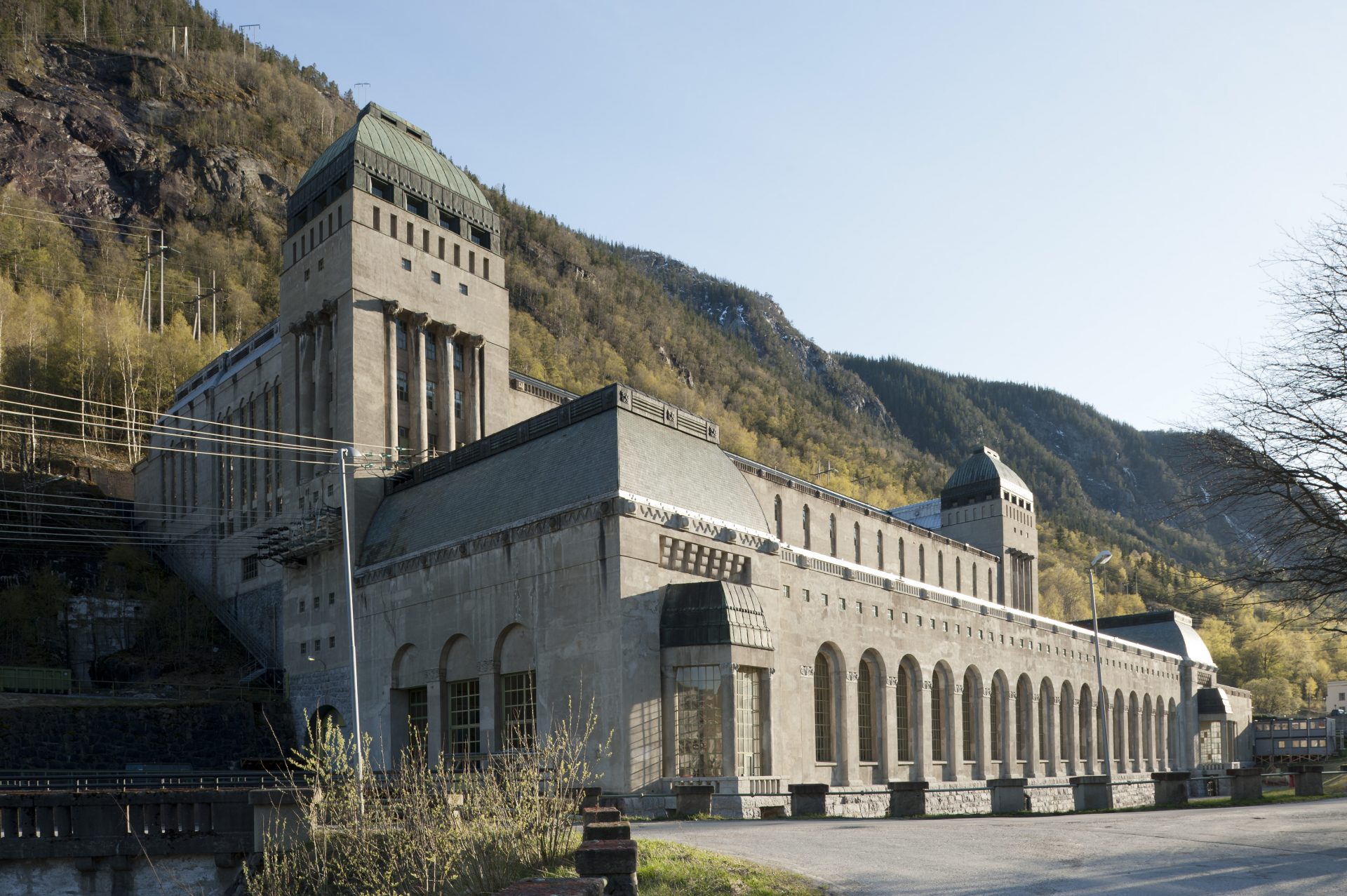World heritage
Rjukan-Notodden Industrial Heritage Site
Located in a dramatic landscape of mountains, waterfalls and river valleys, the site comprises hydroelectric power plants, transmission lines, factories, transport systems and towns.
The complex was established by the Norsk-Hydro Company to manufacture artificial fertilizer from nitrogen in the air. It was built to meet the Western world’s growing demand for agricultural production in the early 20th century. The company towns of Rjukan and Notodden show workers’ accommodation and social institutions linked by rail and ferry to ports where the fertilizer was loaded. The Rjukan-Notodden site manifests an exceptional combination of industrial assets and themes associated to the natural landscape. It stands out as an example of a new global industry in the early 20th century.
Rjukan-Notodden Industrial Heritage Site was inscribed on the World Heritage List in 2015.
Outstanding Universal Value
Brief synthesis
Located in a dramatic landscape of mountains, waterfalls and river valleys, the Rjukan-Notodden Industrial Heritage Site comprises a cluster of pioneering hydro-electric power plants, transmission lines, factories, transport systems and towns. The complex was established by the Norsk-Hydro company which brought together results of science and research from Europe and North America to produce hydroelectricity and manufacture artificial fertilizer from nitrogen in the air in response to the Western world’s demand for increased agricultural production in the early 20th century. Rjukan and Notodden company towns incorporated social innovations in workforce provision influenced by international planning ideas which together with innovative transport solutions enabled supply of a new, globally significant product for the world-wide market.
Criterion (ii): Rjukan-Notodden Industrial Heritage Site manifests an exceptional combination of industrial themes and assets tied to the landscape, which exhibit an important exchange on technological development in the early 20th century.
Criterion (iv): The technological ensemble of Rjukan-Notodden comprising dams, tunnels, pipes, power plants, power lines, factory areas and equipment, the company towns, railway lines and ferry service, located in a landscape where the natural topography enabled hydroelectricity to be generated in the necessary large amounts stands out as an example of new global industry in the early 20th century.
Integrity
In general all important remaining physical structures and objects that are testimony to the industrial pioneering period of the production of artificial fertilizer for agriculture in Norway in the early 20th century are within the boundaries of the area which is of adequate size to ensure the complete representation of the features and processes which convey the property’s significance. The physical fabric of the property and its significant features are generally in a good condition. The property is not suffering from adverse effects and neglect.
Authenticity
The property incorporates buildings, structures and remains which convey credibly and truthfully its Outstanding Universal Value as a pioneering industrial enterprise for the production of artificial fertilizer in the early 20th century.

Protection and management requirements
The property is protected under the Cultural Heritage Act 1978, amended 2009 and the Planning & Building Act 2009, amended 2012. All specified items will be protected by the Cultural Heritage Act or specific heritage provisions of the Planning & Building Act by June 2015. The buffer zone is protected under the Cultural Heritage Act and zoning controls pursuant to the Planning & Building Act.
A ‘Declaration of Intent’ has been signed by the State Party and relevant county council and municipalities undertaking to protect the Outstanding Universal Value and the buffer zone. A provisional World Heritage Council comprising representatives from the Directorate for Cultural Heritage, the county authority, municipalities and the Norwegian Industrial Workers Museum has been set up to deliver a management structure for the property. A World Heritage Coordinator with responsibility for the whole area will be appointed. The Management Plan 2014-2019 includes an Action Plan with goals and actions for conservation, strengthening of Outstanding Universal Value, competence building and research, information & presentation, and visitor management and will include a risk preparedness strategy.

